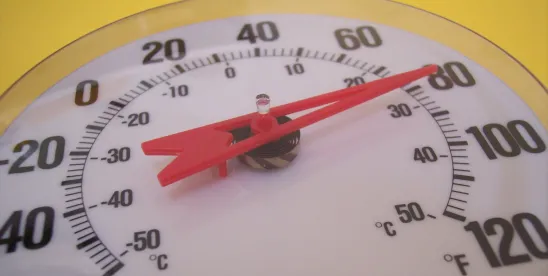On July 2, 2024, OSHA released the long-awaited Heat Injury and Illness Prevention in Outdoor and Indoor Work Settings proposed rule. If finalized, the rule would require millions of employers to take steps to protect their workers from extreme heat. However, the proposed rule would not apply to “sedentary” or remote workers, emergency-response workers, or employees at indoor job sites where temperatures are kept below 80 degrees Fahrenheit.
Under the proposed rule, employers would be required to identify heat hazards, develop emergency response plans related to heat illness, and provide training to employees and supervisors on the signs and symptoms of such illnesses. Employers would also have to establish appropriate rest breaks, provide shade and water, and heat acclimatization for new employees and those employees that have been away from the worksite for more than 14 days.
The final regulation will almost certainly face lawsuits from a variety of entities. Several major industries and trade groups, including many in the construction and manufacturing space, had previously raised concerns about the implement ability of several concepts included in the proposed rule. Such legal challenges are likely to be boosted by the U.S. Supreme Court’s ruling last week eliminating the deference that courts owe to agency rulemaking.
However, before the proposed rule can become a final regulation, it must undergo a public notice and comment period. OSHA encourages the submission of written comments on the rule once it is published in the Federal Register. OSHA also has plans to hold a public hearing after the close of the written comment period. More information will be available on how and where to submit comments when the proposed rule is officially published in the Federal Register.
While we wait for the rule to become final, OSHA has made clear that it will continue to hold employers accountable for violations of the General Duty Clause and other regulations implicated by heat-related injuries and illnesses. This includes the continuation of heat-related inspections under OSHA’s National Emphasis Program – Outdoor and Indoor Heat-Related Hazards, which began in 2022.
Employers of all sizes and industries would be impacted from a final regulation on extreme heat. While the proposed rule is not yet binding on employers, it can be helpful to review the rule and evaluate whether your workplace is safe, healthy, and free from recognized hazards that could cause death or serious physical harm – such as exposure to extreme or excessive heat.


 />i
/>i

